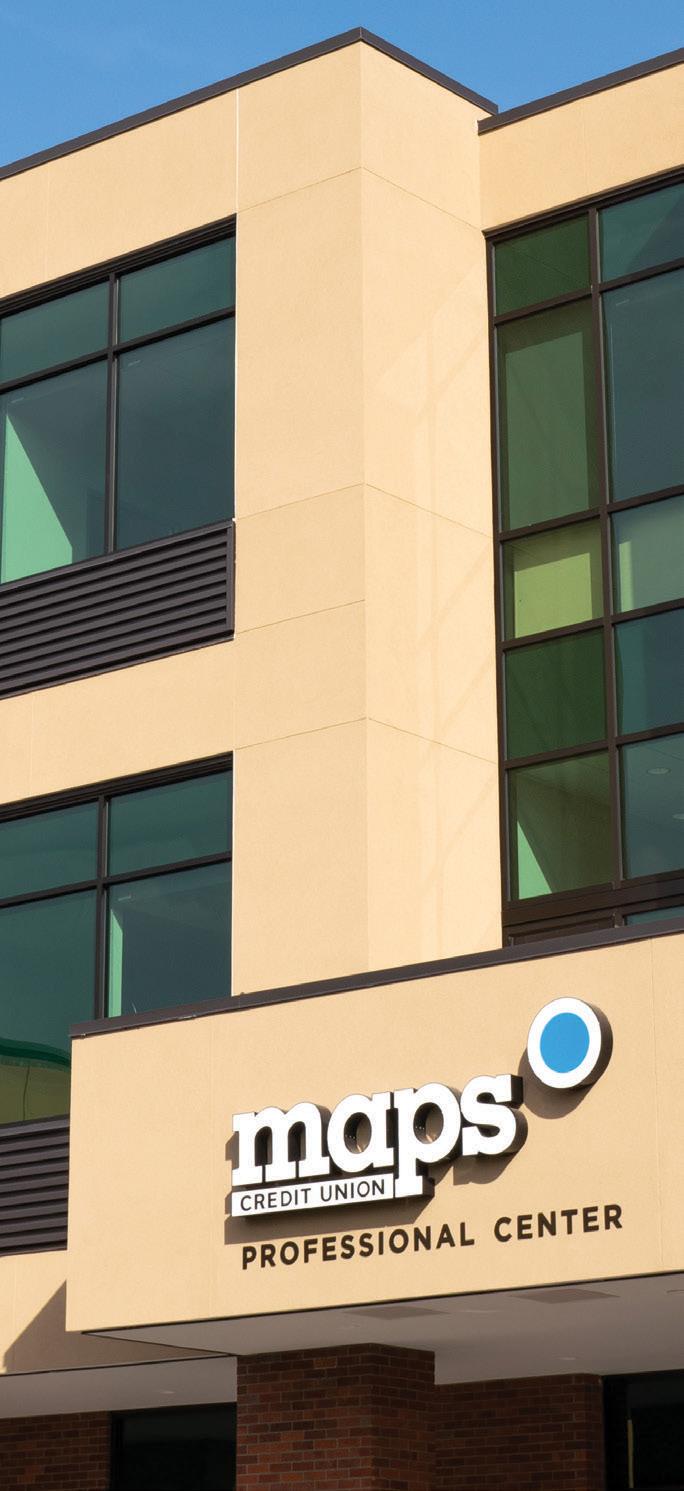
5 minute read
What We Make And How We Make It
When we talk about manufacturing in the Willamette Valley, I believe we are talking about something quite unique. Our manufacturers have developed their own regional supplier relationships to process, fabricate, and harvest products that are shipped to customers around the world. So, when we hear about “supply chains”, remember that our local manufacturers are critical components of chains that connect us to places well beyond the Willamette Valley and the Pacific Northwest.
Which means when there are local obstacles or disruptions there may be global impacts, and we need to be creative to tackle often complex issues. We are used to hearing about labor shortages, but as employers better understand the issue, they are creatively working together to address the roots of the problem.
One of the major challenges is workforce housing. It’s hard to attract and retain workers when they cannot find affordable housing. The term “Missing Middle” housing has been coined to describe the relative lack of developments that that fall somewhere in between a single-family home and mid-rise apartment buildings – such as townhomes, duplexes, triplexes, and courtyard clusters. In other words, housing that can accommodate the variety of workers in a community. Using SEDCOR’s model, we learn from employers, convene partners, and go about addressing the issue. In this issue you’ll read more about our partnership with the Newberg Workforce Housing Consortium and the Missing Middle Housing Fund to learn how employers in the region are coming up with creative ways to increase the housing supply by improving how home materials (and even homes themselves) are manufactured.
Food manufacturing has always been an important piece of the Willamette Valley economy. We’re excited for the opportunity to be working with Oregon State University as a pilot region in its strategic planning to develop a Center for Innovation Excellence in Food and Beverage Manufacturing. As you will read in our interview with OSU’s Cheri Cole, creative minds are being utilized in an across-the-state effort to innovate our food supply chain.
Also, we demonstrate the power of partnerships by highlighting a handful of local businesses being guided and supported by the Latino Microenterprise Development Program.

In our 'Region of Innovation' section of the magazine, we will revisit two projects we have been tracking and supporting for a couple of years. One is the team at Chapul Farms, just outside McMinnville, who have made great strides in the development of their insect agriculture technology. They have continued to build out their test facility and prove their concept. Also, a project from the early days of our AgHub initiative which we lovingly refer to as 'Wine Goggles' has shown us a working prototype, which we had the honor to test out at NW Transplants.
Personally, I am constantly amazed at how small teams of devoted makers take a good idea, some capital, and lots of innovative effort to create such a variety of products. And these products represent Willamette Valley grit and determination as they make their way across the country and around the globe. The Willamette Valley is known worldwide for what we grow and with a nod to emerging technologies, SEDCOR wants us to also be known for what we make and how we make it.

Time Magazine Names Willamette Valley


One of Its 50 Great Places on Earth, 2023
The wine world let out a collective gasp in 2021 when Champagne house Bollinger made its first acquisition outside of France: not some place in Napa or Sonoma, but Ponzi Vineyards, which set the standard for Oregon winemaking back in the 1970s. The Willamette Valley had really, really made it, but for those in the know, the ascendance of the pinot noir powerhouse in Portland’s backyard seemed almost inevitable. In the past two decades, the number of wineries in the state’s first American Viticultural Area (AVA) has grown from 135 to more than 700 today, which has translated to a near constant flood of new labels (such as Iterum Wines), new lodging (the nine-room bed and breakfast The Ground, opening in 2023), new tasting rooms (of note is Montinore Estate and its sister brand Landlines Winery’s biodynamic tasting room), and new missions (Corollary is becoming the valley’s first sparkling-only estate this year).
In July, the eight-suite Tributary Hotel changed the game when it opened in a more-than-a-century-old former hardware store in downtown McMinnville, with celebrated chef Matthew Lightner—formerly of New York City’s two-Michelin-starred Atera—at the helm of its restaurant, ōkta. Sourced heavily from Lightner’s nearby farm, the micro-seasonal tasting menu might include hazelnut tofu, cedar-smoked caviar, or aged and cured Pacific rockfish, depending on what’s freshest.
Also leading the charge to transform the area is winemaker Remy Drabkin. When she’s not busy turning out award-winning old-world Italian varietals like dolcetto and lagrein at Remy Wines, Drabkin is fighting for industry inclusivity with her organization Wine Country Pride, which hosted the world’s first queer wine festival here last June. And, oh yeah, did we mention that in November she was elected the first female mayor in McMinnville’s 140-year history?
Originally published at time.com. Written by Nicholas Derenzo.
Marion County Secures $12M from Oregon Housing and Community Services for Wildfire Recovery
The 2020 Beachie Creek and Lionshead wildfires devastated the Santiam Canyon. More than two years later, there are still nearly 100 households fighting to return home between Marion and Linn Counties.
Last week, Marion County signed an intergovernmental agreement to secure $12,000,000 from Oregon Housing and Community Services as Marion County’s share of the $150,000,000 provided by HB 5006 (2021).
Marion County Board of Commissioners, in partnership with the Santiam Canyon Long-Term Recovery Group, will be providing an opportunity to wildfire primary homeowners that are currently without permanent housing to apply for grant funding. The grant funding will be available to get them across the finish line and into permanent housing or, for some, to begin rebuilding their homes and their lives on their way to recovery from the wildfires.
In order for pre-fire homeowners to gain access to these funds the Oregon Department of Housing and Community Services (OHCS) has applied some restrictions to qualify, in that the household cannot exceed 120% area median income.
“We have been in discussions with OHCS since April of 2021 on these funds. It has been a long and grueling process. Originally, OHCS only wanted to serve up to 80% AMI, which was not and is not sufficient for our neighbors in the Canyon. Our persistence is paying off and we will be able to help far more of the remaining wildfire survivors get back into permanent, stable housing. I could not be more proud of the Marion County team who has worked on this effort and I am looking forward to seeing families return to their homes and find some peace in their lives again,” says Marion County Commissioner Danielle Bethell.
There was a thorough forensic review of remaining households that still need to recover, either in part or entirely. These funds will be able to support most of the households currently case managed except for those that are specifically restricted because of their income level.
Guidelines and an application process are being finalized by Marion County.

The Angel Food Marketplace Is Coming To Salem!
Oregon Angel Food, or OregonAF, is a food and beverage-based educational and










